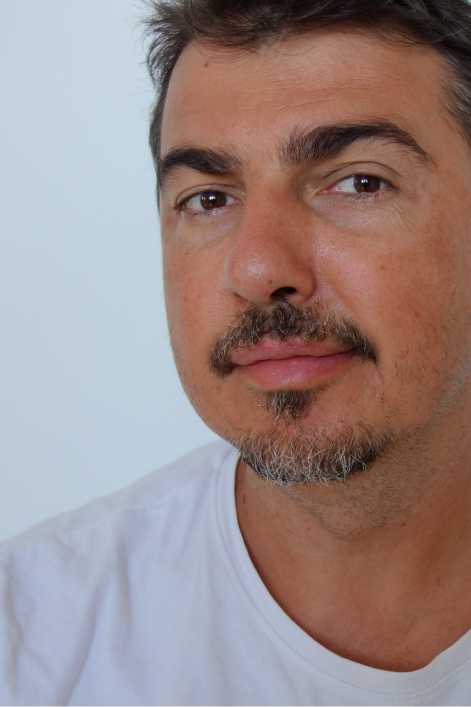Our parent organization
UNESCO Global Geopark
From the very beginning, UNESCO has worked closely with the European Geopark Network and uses its strict quality criteria. Under the auspices of UNESCO, the European Geoparks are now members of the Global Geopark network and part of the UNESCO World Heritage. There are 140 different geoparks in 38 countries worldwide. The most common are found in Europe, but also in East Asia such as China or Japan.
The European Geopark Network was founded in 2000 by 4 regions. There are currently 73 members in 23 European countries such as Germany, Spain, Great Britain and Italy. In Austria, in addition to the Geopark in the Steirische Eisenwurzen, there are three other Geoparks, one in Salzburg and two in Carinthia.
The Styrian Eisenwurzen Nature Park was recognized as a European Geopark in 2002 and became a member of the “Global Geopark” network under the auspices of UNESCO in 2004. In 2015 it was recognized as a “UNESCO Global Geopark.” as part of the UNESCO World Heritage.
More information:
UNESCO Global Geoparks are unified geographical areas where sites and landscapes of international geological importance are managed with a holistic approach to protection, education and sustainable development. (Source unesco.org) UNESCO Global Geoparks work on different priorities for a region:
- Intermediation and Geotourism
- Education
- Sustainable Tourism
- Research
- Climate change and environment
- Regional development
- Protection of geological, natural and cultural heritage
To do this, various guidelines must be met, such as the visibility of the Geopark, or regular international exchange, but also research and awareness-raising measures. There is a variety of external support and scientific advice. Based on years of positive experience, we rely on the expertise of the Natural History Museum Vienna.
In addition to the Geopark Steirische Eisenwurzen, there are two other Geoparks in Austria:
- Geopark Erz der Alpen in Salzburg’s Pongau:
www.geopark-erzderalpen.at - Geopark Karawanken around Bad Eisenkappel, Carinthia (Cross-border Geopark with Slovenia):
www.geopark-karawanken.at

Priv. Dr. Alexander Lukeneder born 1972 in Steyr, Upper Austria, studied earth sciences and paleontology in Vienna, since 2004 scientist and curator for the Mesozoic (Mesozoic) collection at the Natural History Museum in Vienna, 2016 habilitation in paleontology at the University of Vienna, lecturer for Lectures at the University of Vienna; Focus Mesozoic (Triassic, Jurassic, Cretaceous), invertebrates, palaeoecology, palaeoclimate; Head of 4 FWF projects on the Mesozoic; 2019 discoverer of the first pliosaur in Austria; as Austria’s leading Mesozoic author of over 120 scientific and popular articles; Member of the Geo/Hydro Science National Committee of the Austrian Academy of Sciences; Austrian representative on the Science Board of UNESCO’s Earth System Sciences in Paris; Author of the Dinosaur Files, Dolomites Adventure and Hiking in the World of Dinosaurs; Lecturer at children’s universities and Young Science Ambassador. Inventor and operator of the Fossifinder project as part of Austria forscht/Citizen Science.
Homepage: nhm-wien.ac.at/alexander_lukeneder







